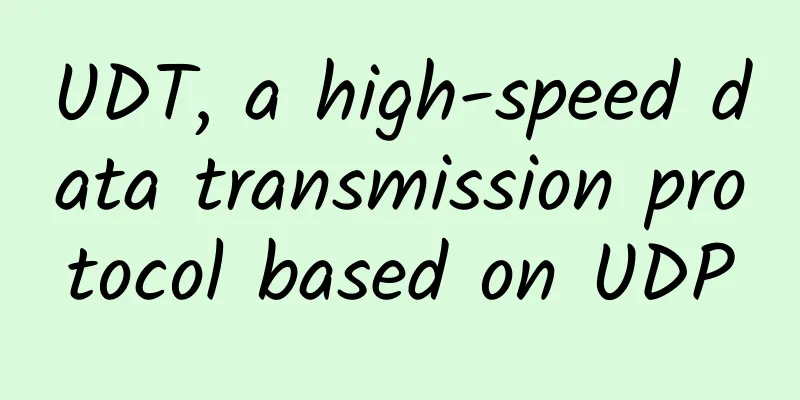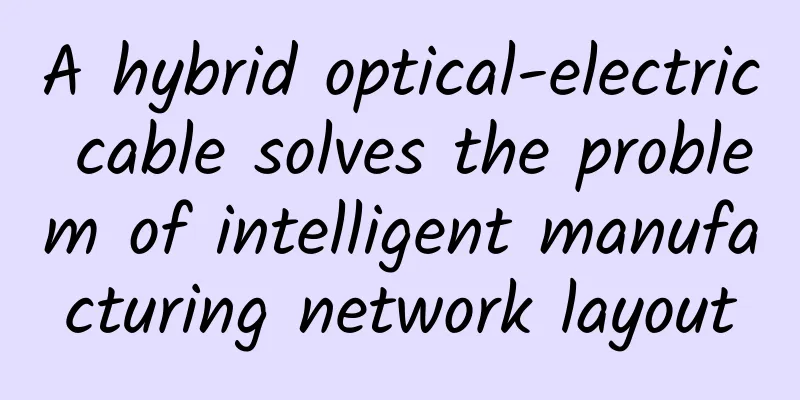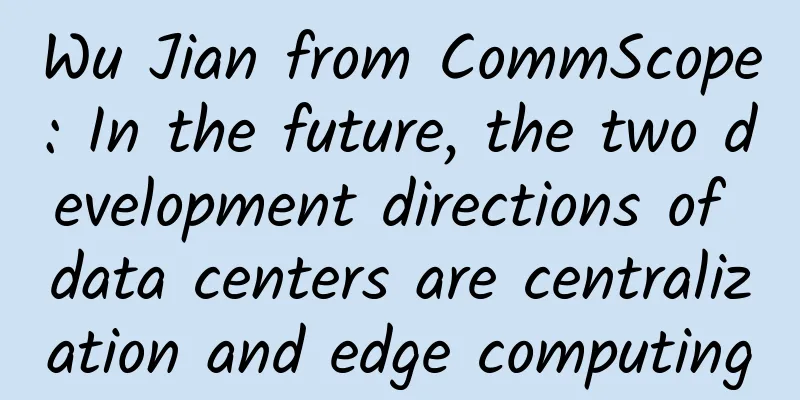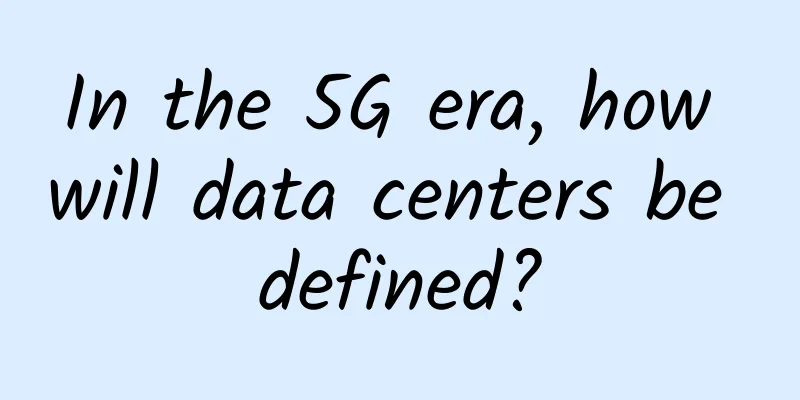To cope with the global food crisis, AI, 5G and machine vision join forces to "raise fish"
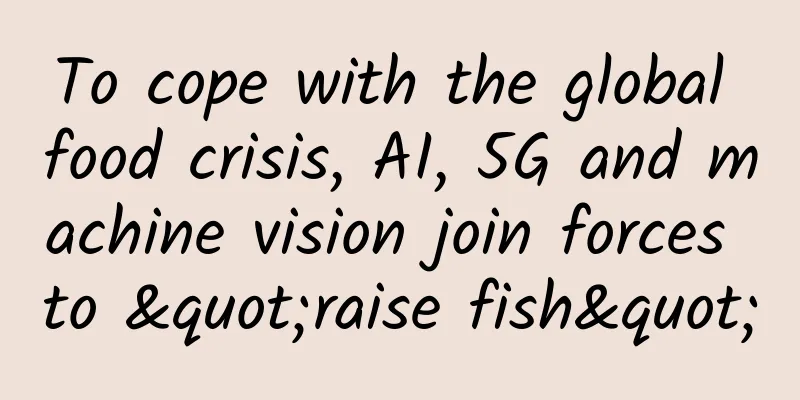
|
Today, the global food challenge has become a real problem, and the worsening environmental crisis has further exacerbated this challenge. Under such a wave of pressure, can emerging technologies such as artificial intelligence, machine vision and 5G networks point to new solutions? Cermaq, a Norwegian salmon farming company, has launched the first industry-wide project of its kind, hoping to join hands with technology partners BioSort and ScaleAQ in a five-year iFarm experiment to continuously explore how technology can optimize fishery farming operations. At the same time, other companies in the industry are also testing a variety of solutions to strive to increase the output value of fisheries.
A personalised approach to salmon farming Introducing these technologies into salmon farming is expected to support the health and development cycle of each salmon in a personalized way. In the past, once fish lice broke out in the fish population (a common problem in salmon farming), fishermen had to treat all the fish. However, the emergence of new technologies is expected to accurately identify the fish that actually need treatment, greatly reducing the pressure on farming caused by unnecessary treatment. Similar to maintaining the health of a school of fish, machine vision can also identify and track the feeding needs of individual fish, identify specific fish in the current area through unique tags, track the last feeding and feeding time, and provide good care accordingly. This ability to provide customized care for each fish represents a huge leap forward for the aquaculture industry and will also help fishermen harvest individual fish after they grow and mature. Each iFarm system covers 150,000 fish, which are confined to the sea within the seine net. In the iFram system, due to the mesh ceiling, the fish are always in a lower position in the seine net. When a fish inflates its swim bladder and tries to float up, it must pass through a chamber funnel in the net. The sensor scans the chamber to identify the current fish and record relevant data. Sensors and IoT devices automatically process images to identify fish and feed the data to artificial intelligence algorithms that analyze the data. The collected data points include fish weight, development, whether they are sick or have wounds on their bodies. By continuously reporting this data, the iFarm system can efficiently manage and make decisions based on the data. Cermaq aims to strengthen the aquaculture capacity of coastal areas. The future of aquaculture in Norway will also depend on whether sustainable and cost-effective production methods can be found. The company has obtained four project development licenses and is collaborating with several entities and individuals to fully launch the first batch of aquaculture pilots. 5G network high consistency - making technology possible In recent years, there has been a lot of discussion about 5G mobile networks. This is not only because consumers want to download video data at ultra-high speeds, but also because 5G networks can have a transformative impact on various industries. Still taking aquaculture as an example, 5G networks can support IoT devices to identify fish and return data streams to fishery management systems. In contrast, submarine optical cables are often difficult to maintain and are obviously not suitable for such more demanding use cases. The introduction of 5G technology has made high-quality cameras and data feeds a real technological driving force for the development of fisheries. Currently, a 5G pilot project is underway at a salmon farm in Scotland. Sensors connected to the Internet via 5G will continuously collect data such as seawater temperature, pH value, and oxygen content in salmon cages. The salmon farm was chosen as the pilot because it is Scotland's largest food export category and a major contributor to the UK's national economy. Alphabet joins the action Google's parent company Alphabet and its X research team (formerly Google X) are working with several fish farms in Europe and Asia to promote the Tidal project. The Tidal project hopes to develop another fish identification system. Similar to Cermaq's iFarm project, Tidal uses underwater cameras, computer vision and artificial intelligence technology to track salmon and yellowtail. AI technology can track the development of fish and distinguish different fish through differences in form and movement that are difficult for the human eye to detect. After completing the pilot period, the technology will continue to move towards a wider range of popular applications. These projects also indicate the significant impact that technologies such as artificial intelligence, machine vision/learning, and 5G will have on the aquaculture industry. As it is still in the early stages of development and the system itself is extremely complex, there should be huge opportunities for learning and growth. Whoever can firmly grasp this opportunity will be able to achieve higher output and ecological sustainability, and thus gain an advantageous position in the market. |
>>: Global spectrum auctions valued at $27.5 billion in 2020
Recommend
5G will be 'revolutionary' - but security concerns remain high
Although research shows that 5G technology will b...
IDC: Edge management services market expected to explode
As enterprises seek greater process efficiency an...
51CTO 23rd Technical Salon is here. Four experts reveal how to achieve accurate and fast operation and maintenance based on big data
[51CTO.com original article] On September 15, the...
Swan Award soars again: The 7th China Mobile Phone Design Competition kicks off on Telecom Day
On the occasion of the 51st World Telecommunicati...
5G development is not going smoothly, the number of fake 5G users has become the mainstream, and the three major operators have become the "root of the problem"
As we all know, Huawei's 5G technology is the...
China Unicom successfully led a new project on shared network requirements and architecture based on blockchain in ITU-T
[[388061]] At the ITU-T SG13 plenary meeting held...
Simple test of BandwagonHost special price annual VPS (DC6)
Last time when BandwagonHost launched a special o...
One can learn from others’ experience: How should the radio and television 5G core network be deployed?
In 2019, China Radio and Television, together wit...
PacificRack: Unlimited KVM in Los Angeles starting at $1.50 a month or $15 a year
PacificRack has launched new products. The word &...
Is 5G really green, or will it consume more resources?
The tech industry has long sought to ally itself ...
Byte One: The website cannot be displayed, how to troubleshoot?
Hello everyone, I am Xiaolin. A reader was asked ...
ProfitServer: 50% off VPS in Hong Kong/Singapore/Netherlands/Germany, unlimited traffic, starting at $2.88 per month
ProfitServer has launched a promotion to celebrat...
The competition among the four major data center host network virtualization technologies
Since it is the virtualization of the host networ...
MU-MIMO technology: the key to turning slow networks into lightning-fast ones
In recent years, with the rapid development of wi...
HostXen offers 50 yuan for new user registration, 6GB memory package starts from 70 yuan/month, and data centers in the United States, Japan, Singapore, and Hong Kong are available
HostXen is offering a 50 yuan voucher to new user...
